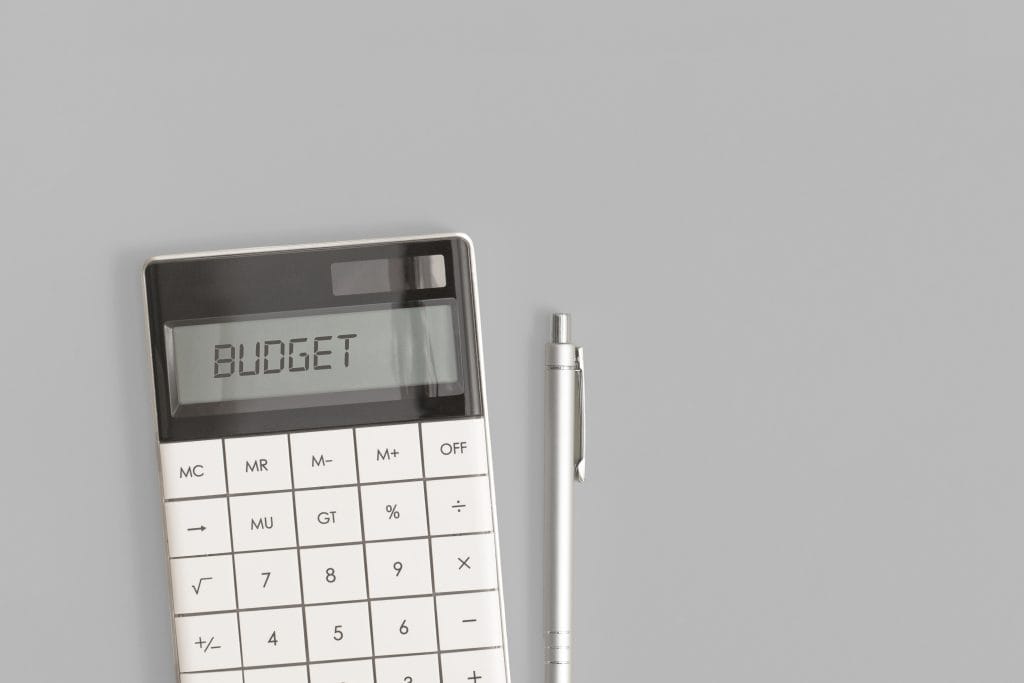Trying to balance rent, tuition, and daily expenses on a student income? You’re not alone.
Whether you’re living on student loans, part-time work, or help from home, budgeting as a student in Canada can feel overwhelming. But the good news is — it doesn’t have to be.
In this guide, we break down the top budget categories for Canadian students to track in 2025. From groceries to emergency savings, knowing where your money goes is the first step toward financial confidence.
Why Budgeting Matters for Canadian Students

Living on a student budget in Canada means making smart choices — not sacrifices. By understanding your monthly budget for students in Canada, you can:
- Avoid unnecessary debt
- Stretch your money further
- Plan ahead for big expenses
- Build healthy money habits for the future
Whether you’re studying in Toronto, Vancouver, Halifax, or anywhere in between — this list of budget categories for Canadian students will help you take control.
Download Budget Tracking App
Top Budget Categories for Canadian Students in 2025
1. Tuition and School Supplies
This is usually the biggest expense for students.
What to include:
- Tuition and enrollment fees
- Lab, library, or tech fees
- Textbooks and online course materials
- Software subscriptions (e.g., Grammarly, Adobe)
Tip: Buy used books or use library resources whenever possible.
2. Student Rent Expenses in Canada
Rent is often the largest monthly cost. This includes:
- Shared apartments or student housing
- Utilities (hydro, heat, water)
- Renter’s insurance
Average rent in Canada for students: $700–$1,200/month depending on city
3. Grocery Budget for Students
Don’t underestimate how much food costs — especially with inflation.
- Meal prepping helps reduce waste and spending
- Look for student discounts at local grocery stores
- Buy in bulk when possible
4. Transportation Costs for Students
Getting to campus, work, or home all adds up.
- Public transit (monthly passes or pay-as-you-go)
- Occasional rideshare or taxi costs
- If you drive: gas, insurance, parking
Many cities offer discounted student transit passes — use them!
5. Phone and Internet Bills in Canada
These bills are often overlooked but essential for staying connected.
- Mobile phone plan (student deals available)
- Wi-Fi/home internet (split with roommates if possible)
Tip: Avoid data overages by using Wi-Fi and setting limits.
6. Entertainment and Eating Out
Everyone deserves a little fun — but this category can spiral quickly if not tracked.
- Takeout and coffee runs
- Movies, concerts, social events
- Streaming services (Spotify, Netflix, etc.)
Set a limit for this category and stick to it. No guilt, just control.
7. Emergency Fund for Students
Life happens. Whether it’s a broken laptop, medical bill, or emergency flight home — having an emergency fund is critical.
- Aim for at least $500 to start
- Save a small amount monthly ($25–$50)
- Keep it in a separate savings account
Tracking your spending doesn’t mean watching every dollar like a hawk. It means being aware.
Use a student budget planner Canada offers — whether it’s a printable template, spreadsheet, or mobile app — to stay organized. The key is consistency.
Here’s how to get started:
- Pick a tool (see below)
- List your income (loans, part-time job, family support)
- Allocate funds by category
- Track weekly or biweekly
- Adjust based on real spending
Best Budgeting Tips for Students
- Start with the essentials (rent, tuition, groceries)
- Set a spending limit for non-essentials like takeout and fun
- Use student discounts wherever possible
- Review your budget every month and adjust
- Automate savings, even if it’s just $10/week
Pro Tip: Label your money by purpose — books, coffee, rent. This adds clarity.
Budgeting Apps for Students in Canada
Budgeting apps make things easier by syncing your bank accounts, categorizing expenses, and offering insights. Popular options include:
- EMOHpay – Built for Canadians, beginner-friendly, and free to use
- Mint – Great for visual budgeting
- KOHO – Combines budgeting with cashback rewards
- You Need A Budget (YNAB) – Best for detailed planners
Many offer student plans or free trials, making them ideal for anyone living on a student budget in Canada.
Final Thoughts
Budgeting as a student in Canada may feel tough at first — but once you know your categories and stay consistent, it becomes second nature. Tracking these key budget categories for Canadian students will help you spend smarter, save more, and feel less stressed.
Want help getting started?
Download our Budget tracking app
Or try EMOHpay — the app made for students like you.
FAQs
What should a student include in their budget in Canada?
Students should include tuition, rent, groceries, transportation, phone/internet bills, entertainment, school supplies, and emergency savings in their monthly budget.
How much do Canadian students spend monthly in 2025?
On average, Canadian students spend between $1,200–$2,000 per month in 2025 depending on location, lifestyle, and housing choices.
What are the biggest student expenses in Canada?
The top three student expenses are tuition, rent, and food. These usually take up 70–80% of a student’s monthly budget.
How do I create a budget as a Canadian student?
Start by listing your income sources and fixed costs. Then break down flexible categories like food and entertainment. Use a student budget planner or budgeting app for ongoing tracking.
Can I track my student expenses using apps in Canada?
Yes! There are several great budgeting apps for students in Canada like EMOHpay and Mint that sync with your accounts and help you stay on track.












